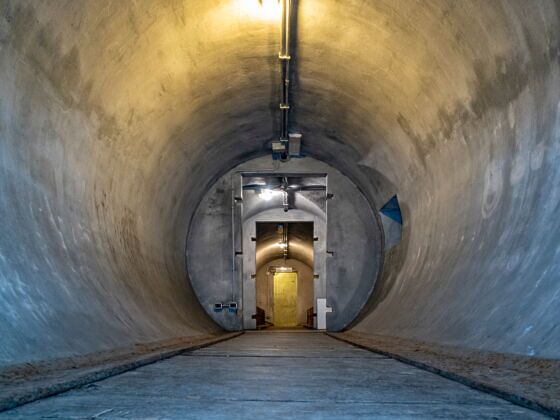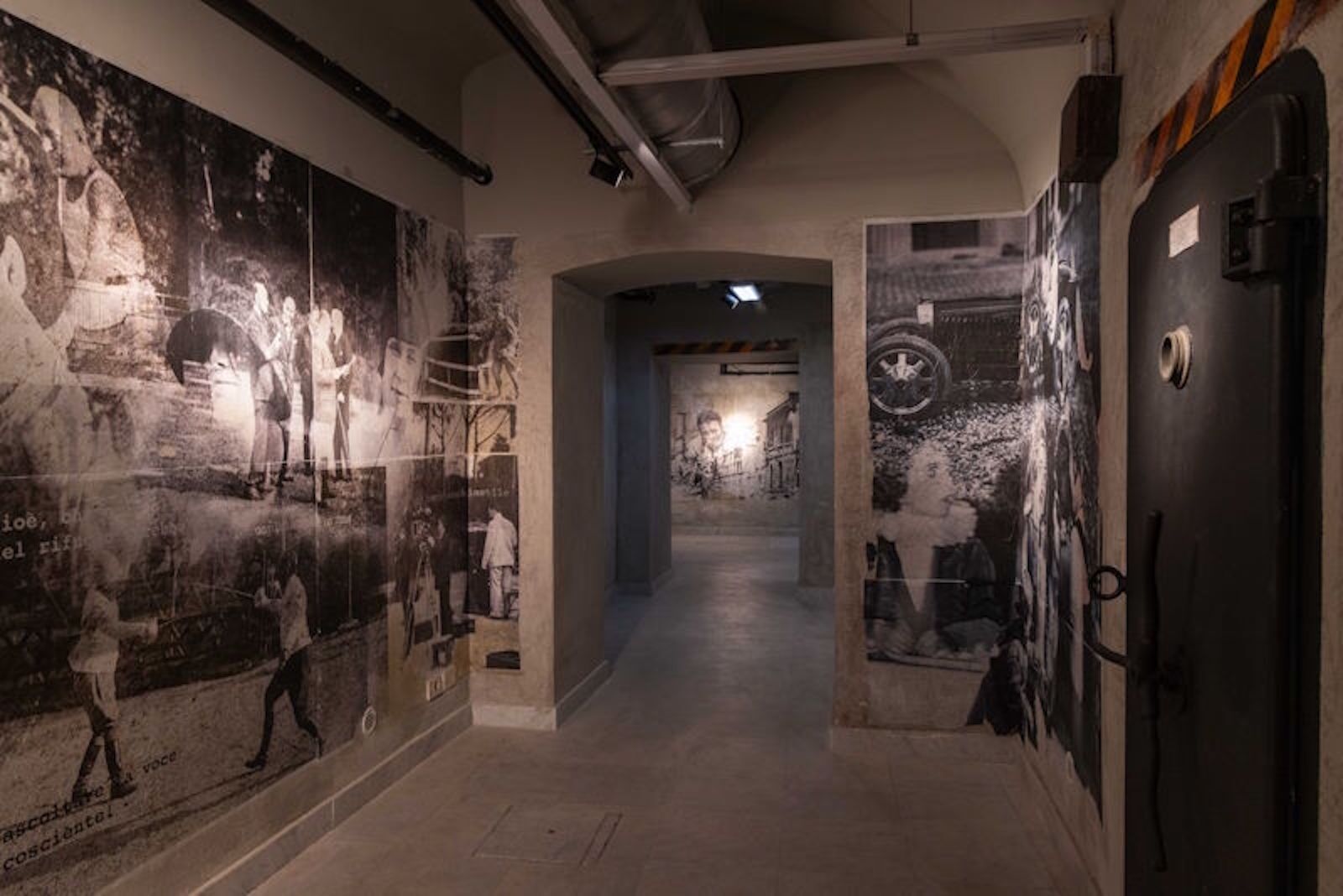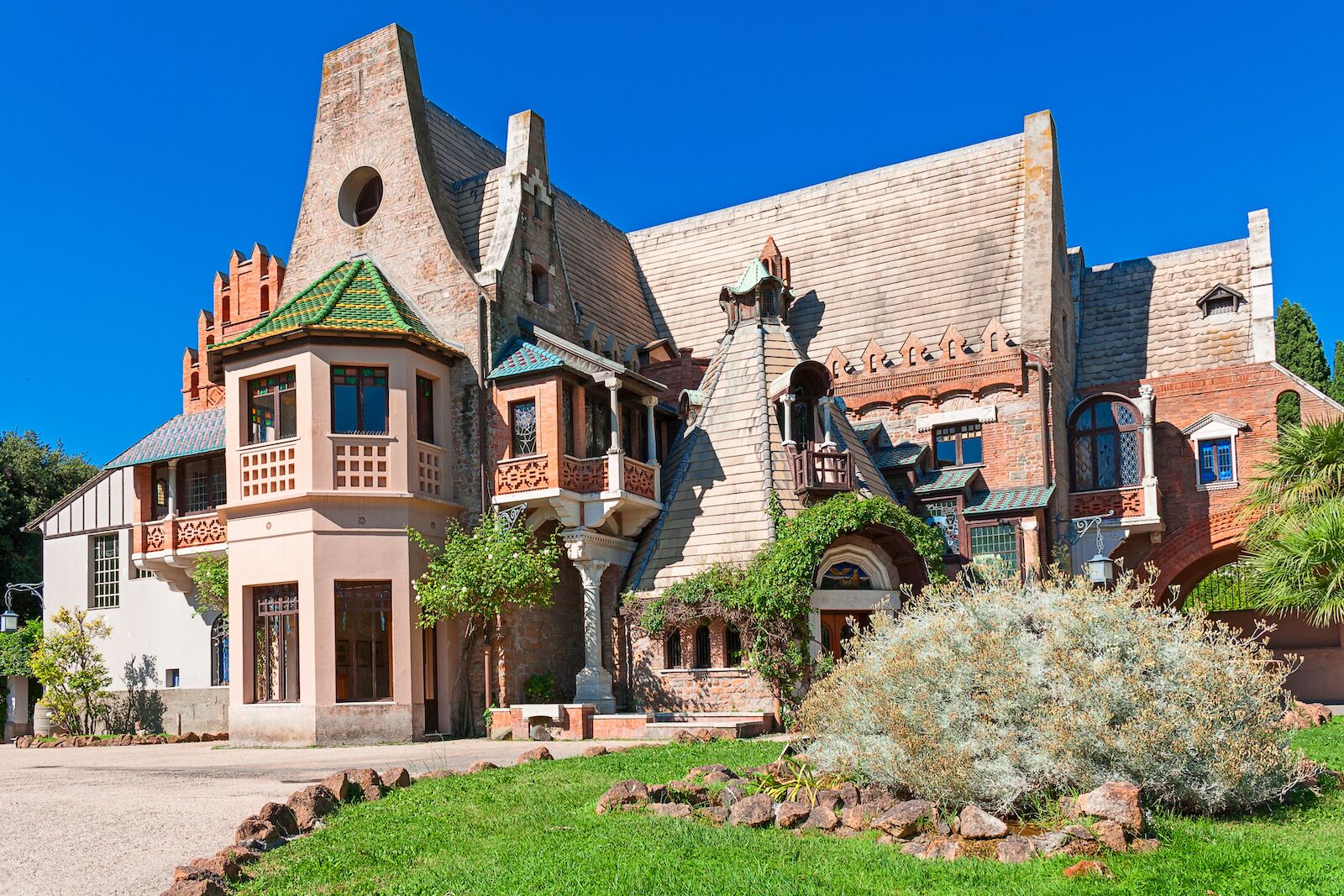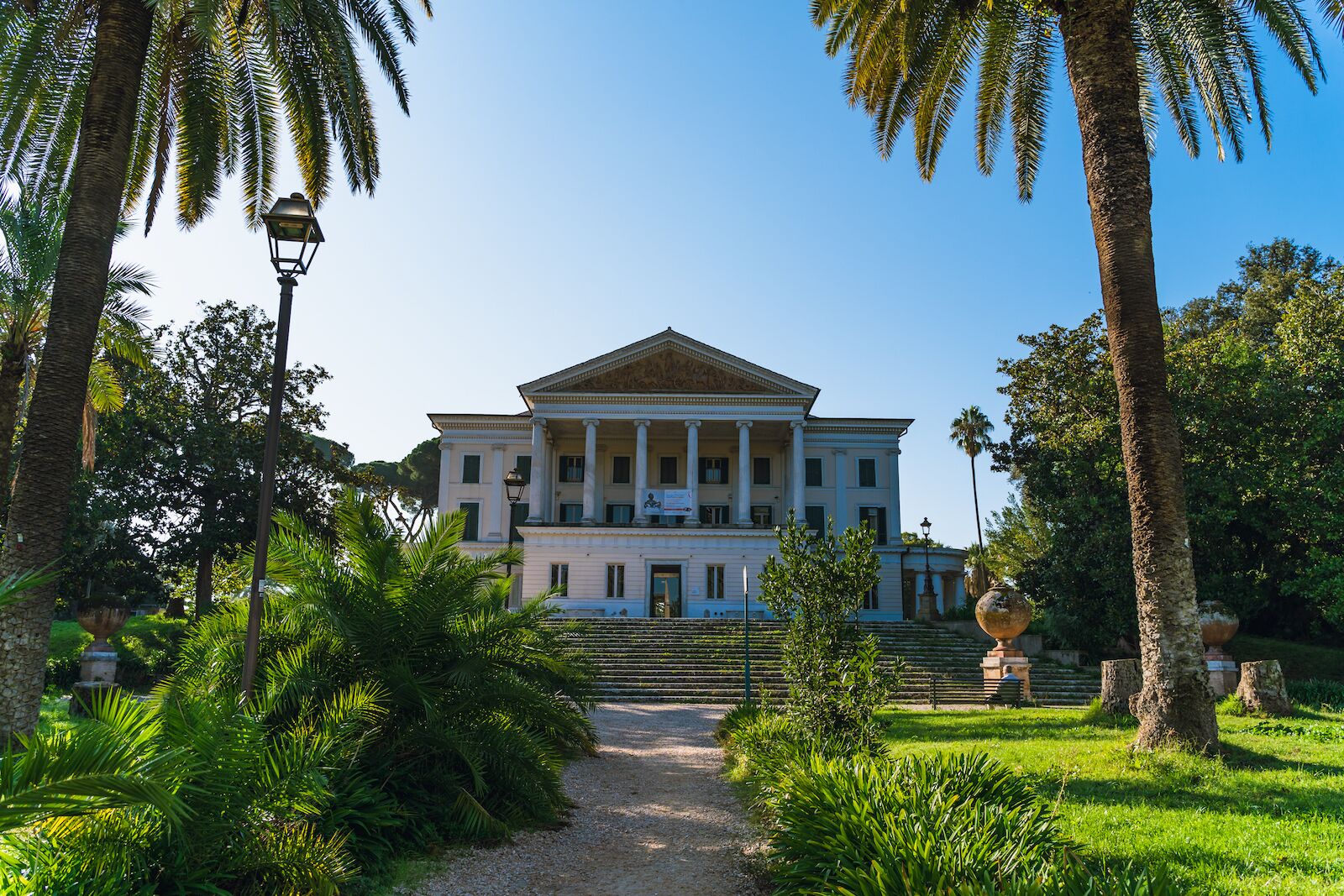Rome is chock-full of significant historical attractions. Chief among them the Colosseum, St. Peter’s Basilica, the Pantheon, the Trevi Fountain, all of which have been there for several centuries. The city’s newest tourism spot, Mussolini’s underground bunker, has only been there for about 80 years, but it’s one visitors to the Eternal City would be remiss to pass on.


Rome’s Newest Historical Attraction Is Mussolini’s Underground Bunker
In 1929, Italy’s fascist leader Benito Mussolini, along with his wife and five children, moved to Villa Torlonia, a large property consisting of multiple buildings and surrounded by an immense garden located in Rome’s Nomentano neighborhood. In the late 1930s and early 1940s, when Italy entered the Second World War, flighting on the side of the Axis, Mussolini thought it wise to protect himself from Allies air raids. He had several underground air raid shelters built: one under his office in Piazza Venezia, one in the EUR district, and multiple ones under his private residence, Villa Torlonia.
In Villa Torlonia, Mussolini’s protection system consists of three underground armored air raid shelters all built at different time during the Second World War. The first one, Cantina Shelter, was built in 1940 and equipped with an anti-gas system; the second, Casino Nobile Shelter, was built in 1941 and had 47-inch thick reinforced concrete walls; the third, the bunker, which was started in 1942 but never finished, has 13-foot thick walls and is located over 21 foot underground.


Two of Villa Torlonia’s underground shelters are now open to the public: the Casino Nobile Shelter and the 1942 bunker. English-speaking guided tours take place every Saturday at 11 AM and cost $12.85 (12€) and tickets can be purchased on site.
While Villa Torlonia’s underground shelters were open in the past (in 2006 for a short period of time), they had to close due to high levels of radon. Remediation efforts have made the site safe for visitors and multimedia displays now allow for an immersive experience, showing Mussolini’s life at Villa Torlonia and taking visitors back to when Rome was the target of aerial bombardments by the Allied Forces.



Beyond the underground shelters, extensive parts of Villa Torlonia, home to three museums, are also open to the public, including the property’s lush park.